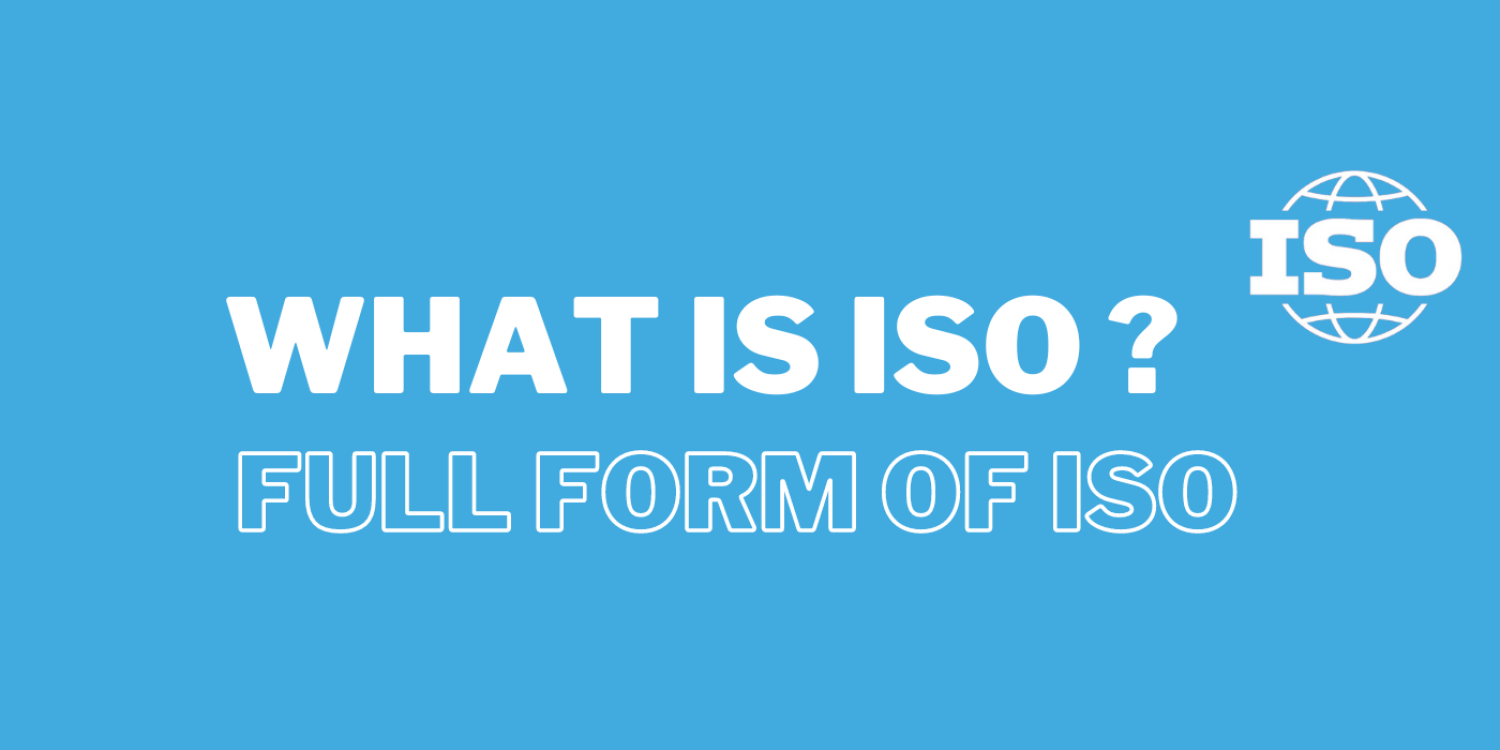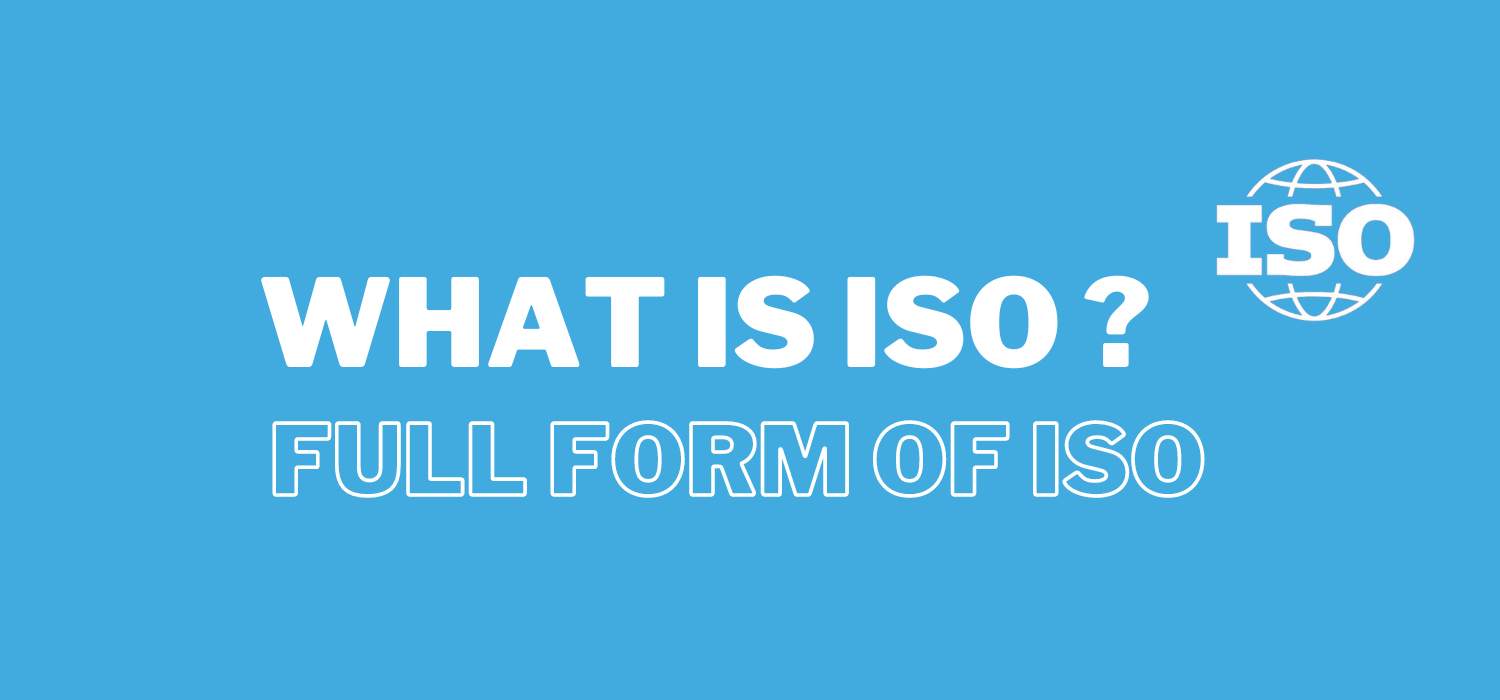The International Organization for Standardization (ISO) is an independent, non-governmental international organization that develops and publishes voluntary international standards. These standards cover a wide range of industries and technologies, including manufacturing, technology, agriculture, healthcare, and more. ISO standards are designed to ensure quality, safety, efficiency, and interoperability of products, services, and systems worldwide. The organization’s headquarters is located in Geneva, Switzerland, and it has members from over 160 countries. ISO standards are recognized globally and are often adopted by governments, businesses, and organizations to facilitate international trade and cooperation.
How are ISO standards developed?
ISO standards are developed through a multi-stage process involving input and collaboration from various stakeholders. Here’s an overview of the typical steps involved in the development of ISO standards:
Proposal: The process begins with a proposal for a new standard or the revision of an existing one. This proposal can come from national standards bodies, industry associations, government agencies, or other interested parties.
Preparatory stage: Once a proposal is accepted, a committee is formed to oversee the development of the standard. This committee typically includes representatives from relevant stakeholders, such as industry experts, government officials, consumer organizations, and academics.
Drafting: The committee drafts the initial version of the standard, taking into account input from stakeholders, relevant research, and best practices.
Committee draft (CD): The committee’s draft is then circulated among ISO members for review and comment. This stage allows for feedback from a broader range of stakeholders and helps to ensure that the standard addresses the needs and concerns of various parties.
Committee draft for vote (CDV): After incorporating feedback from the review process, the committee prepares a revised draft for a formal vote by ISO members. This vote determines whether the draft should proceed to the next stage of development.
Draft International Standard (DIS): If the committee draft receives sufficient support in the vote, it is published as a Draft International Standard (DIS). The DIS is once again circulated for review and comment by ISO members, as well as relevant stakeholders outside the organization.
Final Draft International Standard (FDIS): Based on feedback received during the DIS stage, the committee prepares a Final Draft International Standard (FDIS). This version undergoes a final round of review and approval by ISO members before publication.
Publication: Once approved, the standard is published by ISO and made available to the public. ISO standards are typically updated periodically to reflect advances in technology, changes in industry practices, and emerging needs.
What is ISO Certification?
ISO certification refers to the certification provided to organizations by certification bodies for meeting the requirements of International Organization for Standardization (ISO) standards. ISO is an independent, non-governmental international organization that develops voluntary standards to ensure product and service quality, safety, and efficiency.
Some key points about ISO certification:
Quality Management Standards: The most widely adopted ISO standard is ISO 9001, which specifies requirements for a quality management system (QMS). By implementing a QMS based on ISO 9001, organizations can ensure consistent quality in their products/services.
Other Standards: ISO also has standards for environmental management (ISO 14001), food safety (ISO 22000), information security (ISO 27001), occupational health and safety (ISO 45001), and many other specific industry sectors.
Third-Party Certification: ISO itself does not certify organizations. Certification is provided by external certification bodies that audit organizations to verify their compliance with the respective ISO standard’s requirements.
Continuous Improvement: ISO certification promotes a culture of continuous improvement within organizations by requiring them to regularly review and enhance their processes and systems.
Global Recognition: ISO standards are widely recognized and accepted across the world, making ISO certification a valuable marketing tool for organizations, especially those operating internationally.
Process Approach: ISO standards are based on a process approach, which means organizations must identify, manage, and continually improve their interconnected processes to achieve desired outcomes.
The certification process involves document review, implementation audits, and periodic surveillance audits to ensure ongoing compliance. ISO certification demonstrates an organization’s commitment to quality, safety, and efficiency, which can increase customer confidence and satisfaction.
How do businesses become ISO certified?
Businesses become ISO certified by following these general steps:
1. Select the appropriate ISO standard(s): Decide which ISO standard(s) is/are most relevant to your organization’s activities, products, or services. Common standards include ISO 9001 (Quality Management), ISO 14001 (Environmental Management), and ISO 45001 (Occupational Health and Safety).
2. Understand the requirements: Thoroughly review the chosen ISO standard(s) and its requirements to ensure you understand what needs to be implemented within your organization.
3. Establish a management system: Develop or update your organization’s management system to meet the requirements of the ISO standard(s). This includes documenting policies, procedures, processes, and records.
4. Provide training: Train your employees on the new or updated management system, their roles and responsibilities, and the requirements of the ISO standard(s).
5. Conduct internal audits: Perform internal audits to assess the conformity of your management system with the ISO standard(s) and identify areas for improvement.
6. Select a certification body: Choose an accredited certification body that is qualified to audit and certify organizations against the desired ISO standard(s).
7. Stage 1 audit: The certification body conducts a documentation review to verify that your management system meets the standard’s requirements.
8. Stage 2 audit: The certification body performs an on-site audit to evaluate the implementation and effectiveness of your management system.
9. Address nonconformities: If any nonconformities are identified during the audits, take corrective actions to address them.
10. Obtain certification: If your organization meets the requirements, the certification body will issue an ISO certificate, which is typically valid for three years.
11. Surveillance audits: The certification body will conduct regular surveillance audits (usually annually) to ensure your organization maintains compliance with the ISO standard(s).
12. Recertification: Before the certificate expires, your organization must undergo a recertification audit to renew the ISO certification.
The process can take several months to a year or more, depending on the size and complexity of the organization and its existing management systems.









